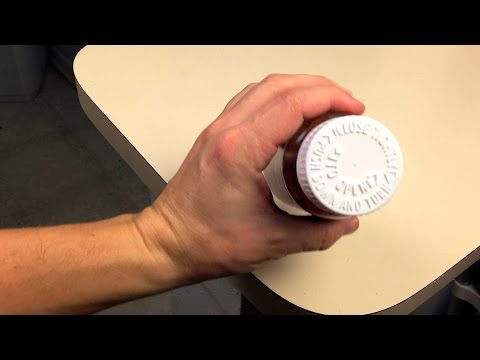The performance and demands of security seals (child proof cap)

The risk of theft and criminal acts increases with the value of transported goods and, at the same time, the demands on security seals increase. The following points influence our policy when designing high quality security seals:
- Security seals should indicate whether a locking device has already been opened.
- Resistance to tampering by making tampering impossible, difficult or time-consuming.
- Incorporation of tamper-evident features to indicate unauthorized tampering of the tamper-evident seals.
- Resistance to component replacement
- Impossibility of accidental breakage of the seals in situ.
As a general rule, these demands lead to the use of seals made of various components and materials. Together with the customer’s logo, consecutive numbering, barcodes, data matrix codes, etc. ensure that each seal is unique and cannot be substituted, e.g. child proof cap.
Overview of seal classification
Indicative security seals
Seals designed and manufactured with materials that can be easily broken by hand or using a simple cutting tool or scissors.
Security seals
Seals designed and manufactured with materials that provide limited resistance to unauthorized access and require a light tool for removal.
High security seals
Seal designed and manufactured with materials such as metal or wire rope with the objective of delaying intrusion. High security seals require sturdy bolt cutters or wire cutters to remove.
The physical strength of the seals is determined by tensile, shear, flexural and impact tests.
Mechanical testing: For the classification of security seals, the following aspects should be tested:
(a) Impact test:
To determine the impact resistance at 18°C and -27°C, an impact test must be carried out. The impact test takes place in three phases. In each phase, a specified force must be exerted five times (15 times in total) on the seal.
- b) Tensile test:
To test the strength of a seal’s locking mechanism, a tensile test must be executed.
- c) Bending test:
To determine the strength of a seal under a bending load, the bending test must be performed (in order to specify the force required to bend the seal 90° in 3 seconds).
- d) Shear test:
To test the resistance of a seal to being cut with a blade, e.g. for bottles, a shear test should be performed.
Important: All tamper-evident seals should be tested to indicate all types of tampering (e.g. with child proof cap).
Types of tamper-evident seals
Plastic tamper-evident seals
Plastic seals are made of different types of plastic materials and are mainly used as indicators of tampering or unauthorized access. They are designed to visually detect if a theft or tampering attempt has occurred. Because plastic security seals, when broken, indicate tampering, they are commonly referred to as tamper-indicating seals.
Although there are several categories of plastic security child proof cap or seals, the main ones are adjustable length seals (also called variable length seals or adjustable seals), fixed length seals, padlock seals and anchor seals for plastic security boxes.
The suitability of one type over another will depend on the application, the container to be sealed and the security requirements. They are typically used for sealing bags, airline and catering trolleys, crates, drums, roll cages, etc.
Plastic security seals can usually be customized with the customer’s logo and are unique with unique numbering and barcoding.
The colors in which they are available not only allow for customization, but can also facilitate the customer’s logistic processes.
Metal security seals
- Metal clip/tape seals, made of metal, are often used to provide barrier protection.
- Bottle seals provide the highest level of barrier protection and consist of two metal parts designed to fit together using a locking mechanism.
- Cable seals consist of a steel cable that is inserted at one end into the locking mechanism of the seal structure.